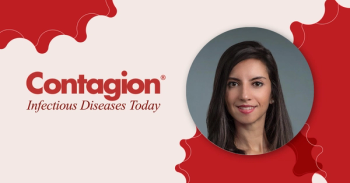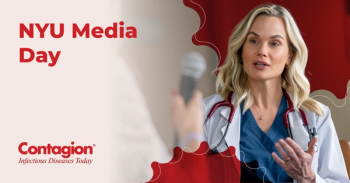
Beware Easter Photo-Ops and Props Bearing Salmonella
Be careful when handling chicks or bunnies this Easter, as they may transmit Salmonella to you or your loved one.
Before you hand your toddler a fluffy baby bunny or a sweet yellow chick and tell her to snuggle it and “smile!” you might want to think about whether you can keep her hands out of her mouth for the rest of the photo session.
Baby bunnies make the perfect Easter photo-op prop, but they also often carry Salmonella, a bacterium that
As far back as 1955, doctors were noting a seasonal
Today, it is commonly accepted within and outside the medical and scientific communities that rodents and poultry can carry multiple strains of Salmonella in their guts and pass those bacteria along in their fecal matter. Once the fecal matter is in the living area with the animal, it often gets on fur or feathers, where the bacteria may remain even if the animal is washed and appears to be clean. “The germs can also be found on the hands, shoes, and clothing of those who handle [the animals],” the CDC warned.
But the Easter bunny and his feathered friends are not the only potentially infected creatures or seasonal items making their debut this time of year, however. The Michigan State University Extension issued its
Can’t resist that furry or feathered “friend” despite the risks? Make sure you or anyone handling these fuzzy creatures washes their hands thoroughly with soap and water right after handling the animal. Young children, in particular, should change clothes after playing with the animals since the bacteria could be transferred from the animals to clothing, and, from there, into the child’s mouth during normal activity. Although hand sanitizer is a good option if no soap and water is available, anyone handling animals should wash their hands thoroughly “as soon as they are able,” the CDC notes.
Newsletter
Stay ahead of emerging infectious disease threats with expert insights and breaking research. Subscribe now to get updates delivered straight to your inbox.





















































































































































































































































































